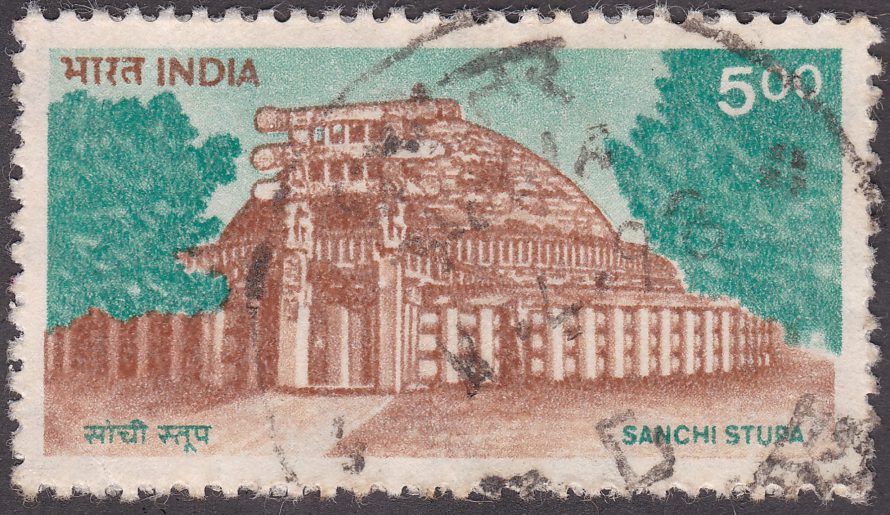
Sometimes, your biggest weakness can become your biggest strength.
Take, for example, the story of a 10-year-old boy who decided to study judo despite the fact that he had lost his left arm in a devastating car accident.
The boy began lessons with an old Japanese judo master. The boy was doing well, so he couldn’t understand why, after three months of training, the master had taught him only one move.
“Sensei,” the boy finally said, “Shouldn’t I be learning more moves?”
“This is the only move you know, but this is the only move you’ll ever need to know,” the Sensei replied.
Not quite understanding, but believing in his teacher, the boy kept training.
Several months later, the Sensei took the boy to his first tournament. Surprising himself, the boy easily won his first two matches. The third match proved to be more difficult, but after some time, his opponent became impatient and charged; the boy deftly used his one move to win the match. Still amazed by his success, the boy was now in the finals.
This time, his opponent was bigger, stronger, and more experienced. For a while, the boy appeared to be overmatched. Concerned that the boy might get hurt, the referee called a time-out. He was about to stop the match when the sensei intervened.
“No,” the Sensei insisted, “Let him continue.”
Soon after the match resumed, his opponent made a critical mistake: he dropped his guard. Instantly, the boy used his move to pin him. The boy had won the match and the tournament. He was the champion.
On the way home, the boy and Sensei reviewed every move in each and every match. Then the boy summoned the courage to ask what was really on his mind.
“Sensei, how did I win the tournament with only one move?”
“You won for two reasons,” the Sensei answered. “First, you’ve almost mastered one of the most difficult throws in all of judo. And second, the only known defence for that move is for your opponent to grip your left arm.”
The boy’s biggest weakness had become his biggest strength.
Sensei is a Japanese honorific term that is literally translated as “person born before another,” In general usage, it is used, with proper form, after a person’s name, and means “teacher;” the word is also used as a title to refer to or address other professionals or persons of authority, or to show respect to someone who has achieved a certain level of mastery in an art form or some other skill, e.g., accomplished novelists, musicians, artists and martial artists.
Image: A postage stamp issued by India in 1994 depicts the Sanchi Stupa, a revered Buddhist complex on a hilltop at Sanchi town in Raisen district of Madhya Pradesh, 46 km north-east of Bhopal, the State capital. The Great Stupa is one of the oldest brick/stone structures in India, and an important monument of Indian architecture. It was originally commissioned in the 3rd century BCE by emperor Ashoka, whose wife Devi was the daughter of a merchant of nearby Vidisha. Sanchi was also her birthplace as well as the venue of her wedding with the emperor. The composite flourished until the 11th century. Courtesy https://www.buddhiststamp.com
